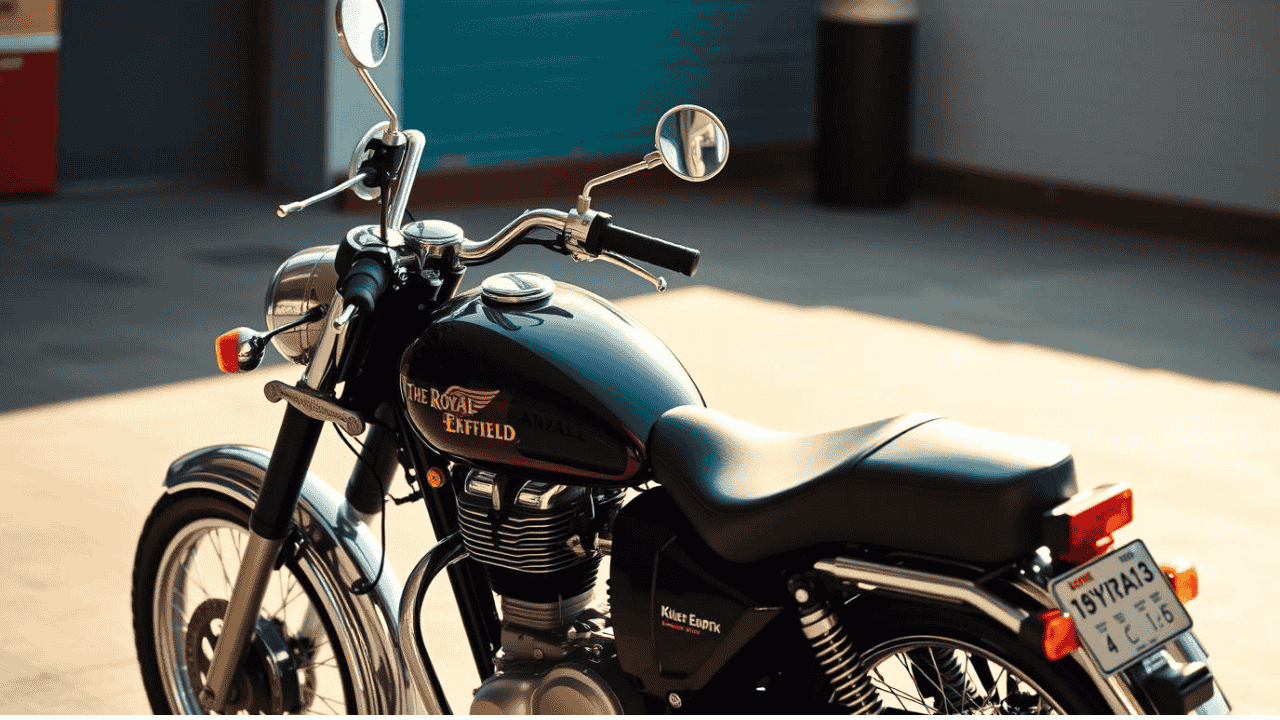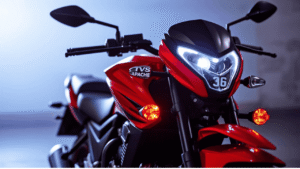If there’s one name that instantly sparks nostalgia for bikers in India and beyond, it’s Royal Enfield. The thump, the chrome, the no-nonsense design—everything about it screams old-school charm. And now, whispers are floating around about a Royal Enfield Classic 250, a downsized sibling of the iconic Classic 350. Could it really happen? If yes, what does it mean for riders who crave that vintage vibe but want something lighter, easier on the pocket, and friendlier in city traffic? Let’s dive in.
Why a Classic 250 Could Make Sense
Royal Enfield has been on a roll with the Meteor, Hunter, Himalayan 450, and even exploring the electric space. But the Classic lineup is still the heart and soul of the brand. A 250cc Classic would open doors for younger riders, especially those intimidated by the bulk of the 350. It could slot neatly in the gap between commuter bikes and premium cruisers, competing with Honda’s CB350RS and Yamaha’s FZ-X.
More importantly, a 250cc engine could bring down both the price tag and the weight, making it more appealing for first-time buyers. In countries like India where the 250cc segment is booming, Royal Enfield won’t want to miss that pie.
Expected Features and Design
If history is any guide, Royal Enfield won’t mess with the timeless aesthetics. Expect:
- Retro teardrop fuel tank with hand-painted stripes
- Spoked wheels (possibly alloy option for practicality)
- Single-piece saddle with plush cushioning
- A semi-digital console with trip meter, fuel gauge, and maybe even Bluetooth connectivity
And yes, the iconic thump—though slightly toned down for emission norms. The 250 would likely share design cues with the Classic 350, just with slimmer proportions.
Engine and Performance Speculation
Now, here’s where it gets interesting. Will Royal Enfield develop an all-new 250cc engine, or detune its existing 350cc platform? A new single-cylinder, air-oil cooled engine in the 20–25 bhp range seems most likely. That would keep it peppy for city runs but still relaxed enough for long weekend rides.
| Speculated Feature | Details |
|---|---|
| Engine | 249cc, single-cylinder, air/oil cooled |
| Power | ~22-25 bhp |
| Torque | ~20 Nm |
| Weight | Around 160-170 kg |
| Mileage | 35-40 km/l (expected) |
| Top Speed | 110-120 km/h |
| Gearbox | 5-speed |
Price and Market Positioning
Affordability will be the real deal-breaker. The Classic 350 currently starts around ₹2 lakh ex-showroom. A Classic 250 could realistically land in the ₹1.5–1.7 lakh range, making it attractive to students, young professionals, and even older riders who want something easier to handle.
In global markets like the UK or USA, the bike could be priced as an entry-level retro offering, potentially undercutting rivals like the Honda Rebel 300.
Competition Check
Royal Enfield wouldn’t be alone in this field. Competitors include:
- Honda H’ness CB350 (a bit more premium)
- Jawa 42 (already positioned in this niche)
- Yezdi Roadster
- Suzuki Gixxer 250 (modern, sporty alternative)
But Royal Enfield’s unmatched brand loyalty and emotional pull could give it a clear edge.
Wrap-Up
A Royal Enfield Classic 250 would be a perfect blend of nostalgia and practicality—classic styling, lighter build, and a friendlier price. If the company decides to green-light it, the bike could very well redefine the mid-segment retro motorcycle scene. For now, all we can do is wait and watch. And maybe, just maybe, dream of that thump echoing down narrow city lanes without the extra weight.
FAQs
Is the Royal Enfield Classic 250 officially confirmed?
No, the company hasn’t made any official announcement yet. It remains speculation.
What would be the expected price of the Classic 250?
It could fall between ₹1.5–1.7 lakh ex-showroom in India.
How would it differ from the Classic 350?
It would be lighter, slightly less powerful, and more beginner-friendly.
When can we expect its launch?
There’s no timeline yet, though Royal Enfield is working on several new models in 2025.
Will it be available outside India?
If launched, Royal Enfield would likely sell it in international markets too, especially Southeast Asia and Europe.



